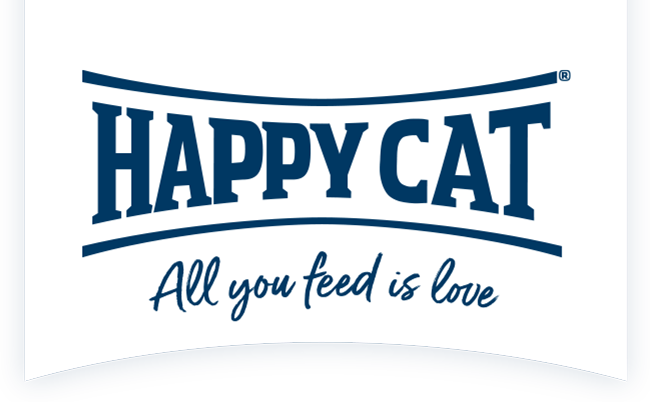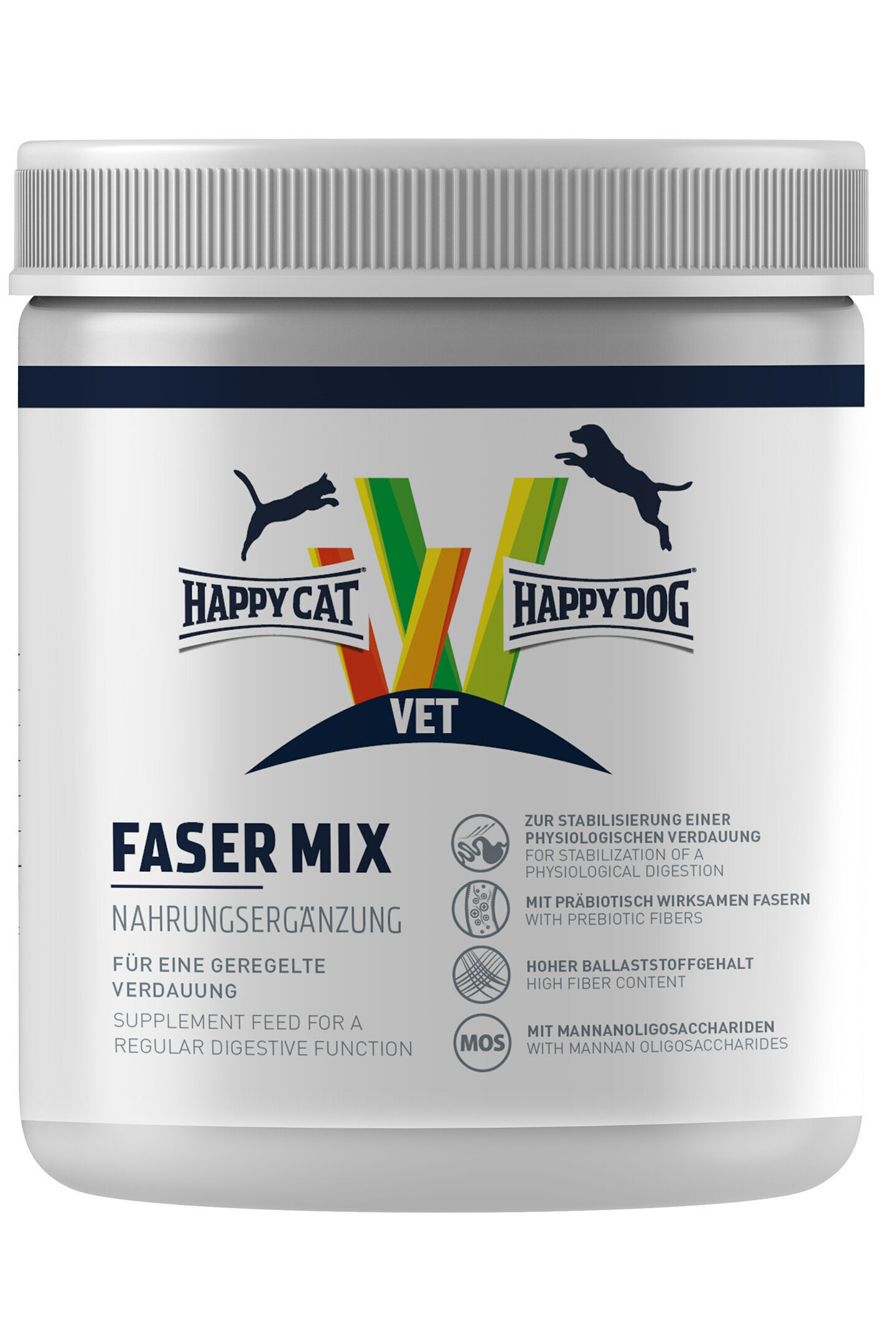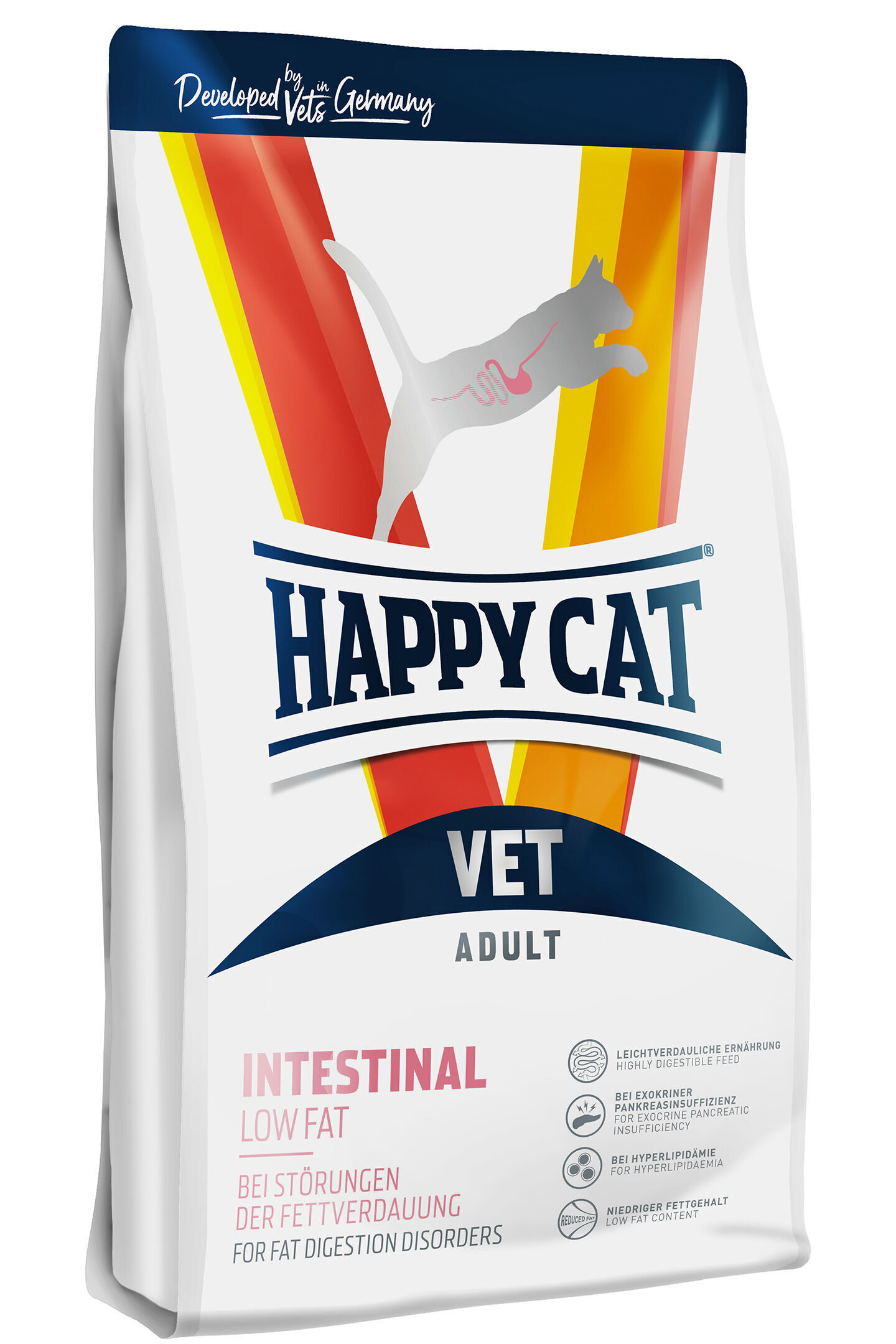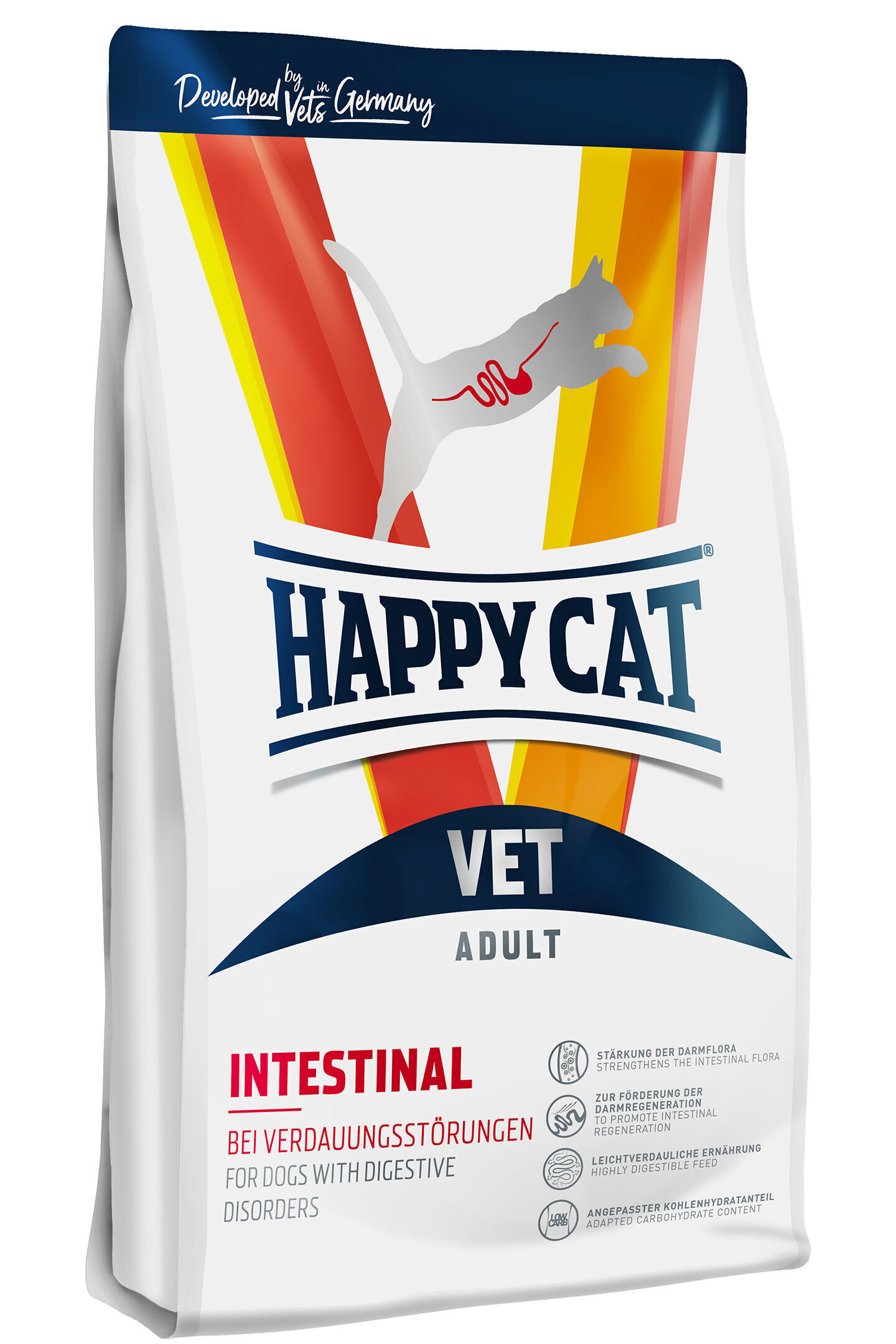VET Fibre Mix
- With special cultures for stabilising the intestine
- For sensitive cats
- Promoting intestinal flora
- Gentle on the stomach and intestine
VET Fibre Mix is ideal for stabilising the physiological digestive system. Effective prebiotic fibre such as pectin, higher fibre content, and the use of
mannan-oligosaccharides (MOS) from yeast cell walls, support a balanced intestinal system and the regeneration of intestinal flora. The administration of VET Fibre Mix in powder form enables
precise dosing, even with small quantities.
Cellulose has several properties which have beneficial effects on the digestion. As an indigestible dietary fibre, cellulose remains in the intestine and contributes to the volume of content there, but without delivering any energy. In this way, cellulose gives a ‘full’ feeling, and promotes healthy bowel movements and regulated digestion. Cellulose also has beneficial effects in cases of diarrhoea, as it binds water in the bowel.
Pectin is one of the ‘prebiotics’, because it is fermented by intestinal bacteria in the colon (= soluble fibre). The intestinal bacteria ferment certain parts of the fibre, creating beneficial metabolic products, such as fatty acids, which support healthy intestinal flora. The bacteria that cause disease are then less able to establish themselves in the intestine or unbalance the intestinal flora. What’s more, pectin supports the regeneration of the intestinal mucosa.
Psyllium (fleawort) is also a prebiotic which is very beneficial in cases of diarrhoea, as it binds large quantities of water and also toxins. Psyllium is also well-known as providing support to the digestive system in humans. It soaks up liquid and forms a gelatinous layer which lays on the intestinal mucosa and protects it. This feature is particularly valuable in inflammatory bowel disease.
Further elements in the food supplement are MOS (mannan-oligosaccharides) and FOS (fructooligosaccharides), e.g. inulin. Behind these chemical-sounding concepts are natural ingredients from yeast cell walls and vegetable fibre. They serve as nutrients to the health-promoting bacteria that live in the intestines, e.g. lactic acid bacteria, and contribute to their growth. In this way, the MOS and FOS support a healthy balance of intestinal flora.
There should be a gradual transition to the specified daily ration. A quick transition can have undesirable effects on the stool consistency in animals. Starting with small, daily amounts which gradually increase until the recommended daily amount is reached, means that the intestinal flora and the bowel function slowly and optimally adjust to the increase in fibre content.
The changeover phase should take place over a week or so. Divide the recommended daily amount evenly between the day’s meals. If using dry food, it is recommended that you soak the food in tepid water beforehand.
The powder should be soaked in tepid water and then mixed with the dry or moist food.
The recommended quantity of food should be weighed exactly using a set of scales.
Recommended feed quantity per day for dogs and cats
| Body weight (kg) | Minimum quantity per day (g) | Maximum quantity per day (g) | Water (ml) |
| 3-4 | 1.5-2 | 3 - 4 | 20 - 40 |
| 5-10 | 2.5 - 5 | 5 - 10 | 25 - 100 |
| 15-20 | 7.5 - 10 | 15 - 20 | 75 - 200 |
| 25-30 | 12.5 - 15 | 25 - 30 | 125 - 300 |
| 30-40 | 15 - 20 | 30 - 40 | 150 - 400 |
| 50 - 60 | 25 - 30 | 50 - 60 | 250 - 600 |
Cellulose, psyllium, pectin (10.0%), sunflower oil, chicory root*, yeast* (extract 1.0%; equiv. to MOS 0.2%)
*) dried
Crude protein 2.5%, crude fat 3.9%, crude fibre 44.5%, crude ash 0.9%, sodium 0.1%
none
Interquell GmbH
Südliche Hauptstraße 38
86517 Wehringen, Deutschland



